REVIEW: Boundary-pushing TDT double bill features face-riding and odd sensuality
Credit where credit is due for Toronto Dance Theatre (TDT): knowing I’ll get to review a piece called FACE RIDER at the end of a busy week is about as good a motivation as any for this dance critic to get through it.
Directed by multidisciplinary artist Fran Chudnoff, this “queer, indie sleaze swamp dump” is part of TDT’s winter double bill, playing until February 17 at their home base of the Winchester Street Theatre. FACE RIDER follows another new work by TDT artistic director Andrew Tay, titled Odd-Sensual, making for 90 minutes of contemporary dance that shows just how broad that term can be.
Both pieces in the winter double bill are par for the course with TDT’s recent artistic output: unabashedly queer and consistently experimental. But with equal considerations for storytelling and world-building, it’s FACE RIDER that proves to be the brazen show-stealer. It’s shocking and original in its aesthetics, it’s layered and intentional in its cultural references, and it’s entertaining as hell.
FACE RIDER follows a loose narrative arc telling a myth of “the hermit, the hog, and the himbo,” supported by multiple collaborators and performers from outside of TDT. Any good fairy tale needs costumes to match, and with denim-centric outfits that include a three-tiered cowboy hat, plenty of wigs, and balaclavas, those created by designer Angela Cabrera for FACE RIDER are some of the most innovative in recent memory. Denim also makes up a centrepiece in the middle of the stage, a giant pile of it; steam somehow rising upwards, and a sword sticking out à la Excalibur, all created by Sandra Chudnoff, Siwar Soria, Aden C. Altamarino, and the piece’s director.
But of course, it’s the performers who bring this work to its vibrant, unwieldy life. With the audience for the winter double bill sat around all four sides of the stage, patrons walk into performer C4LENDRIA circling the steaming denim pile on a large-framed, small-wheeled bicycle. Sound designer Omar David Romero, a.k.a. Driftnote, is an exhilarating presence throughout FACE RIDER. Armed with an electric guitar, their live offerings evoke the grunge-adjacent hyper-pop of artists like Bladee and Ecco2k.
And when Fran Chudnoff enters this world they built with additional performers Roberto Soria, Ryan Kostyniuk, and Jessica Mak, everyone performs as though they have inhabited it for years. Dance feels like it is how these mythic figures go about their everyday lives, with choreography populated by TikTok dances (each one borrowed from the app is credited in the show notes), along with some athletic yet dramatic partnering by Soria and Kostyniuk. Chudnoff and C4LENDRIA take turns joining Driftnote by singing into a glitched out microphone, delightfully weaving in this piece’s many pop culture references. Much of these, along with the larger plot points, act as surprises that would be unfair to spoil. But this is all to say that FACE RIDER is dance made by queer millennials for queer millennials, and as one myself, it felt really special to feel invited in on the joke every step of the way.
For Tay’s Odd-Sensual, the first piece of the evening, the stage is dotted with items that evoke the warm excitement of a very lucky day at Value Village. There are small alabaster sculptures of a hand and a banana, along with incense holders that dancers Erin Poole, Megumi Kokuba, Yuchiro Inoue, and Peter Kelly light at the beginning. The musky smoke this creates foreshadows many mechanical releases of a thick fog that hangs around the ensemble throughout the piece.
Odd-Sensual concerns “the moment before the body finds release;” any innuendo detected is completely correct. Choreographically, it consists entirely of rocking, falling, and thrusting in repeated back-and-forth motions, almost always sitting or lying down. As an ambient score compiled by sound designer Johnny Mrym Spence lingers, the dancers progress through solos, then duets, before ending connected as an ensemble. These tableaux build in complexity and rhythm before the lights cut, a new gush of fog releases, and the four change their placement on stage.
I think viewers with fine art sensibilities may appreciate Odd-Sensual. But for me, the simplicity and predictability of this piece’s composition underwhelmed. Tay seemingly develops a single choreographic prompt, while solely focusing on back-and-forth motion, throughout the work. This is fine, but the lack of deviation from this formula limits the potential for surprise, to create intricacy in movement and connection, and to keep spectators engaged.
But still, I appreciate the artistic risk Tay takes in this surreptitiously quiet endeavour. Both of the pieces in this winter double bill illustrate the importance of TDT’s continuing incubation of boundary-pushing contemporary dancing. Not everything is going to land, but when it does, you feel like you’re experiencing something as great as a title like FACE RIDER suggests.
TDT’s winter double bill runs at the Winchester Street Theatre until February 17. You can learn more about the production here.
Intermission reviews are independent and unrelated to Intermission’s partnered content. Learn more about Intermission’s partnership model here.

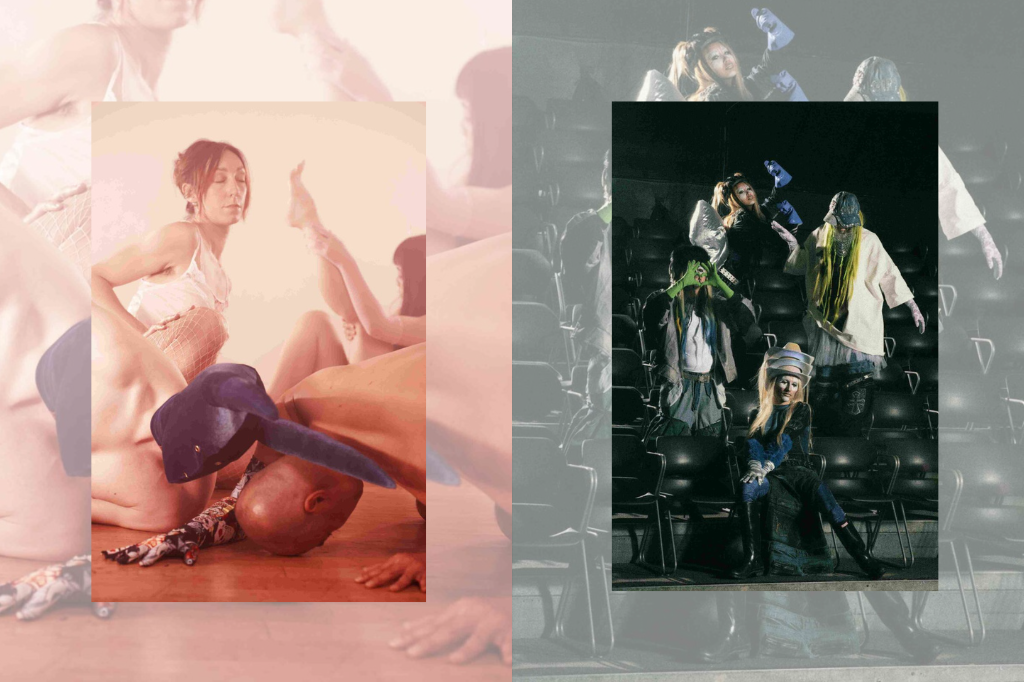







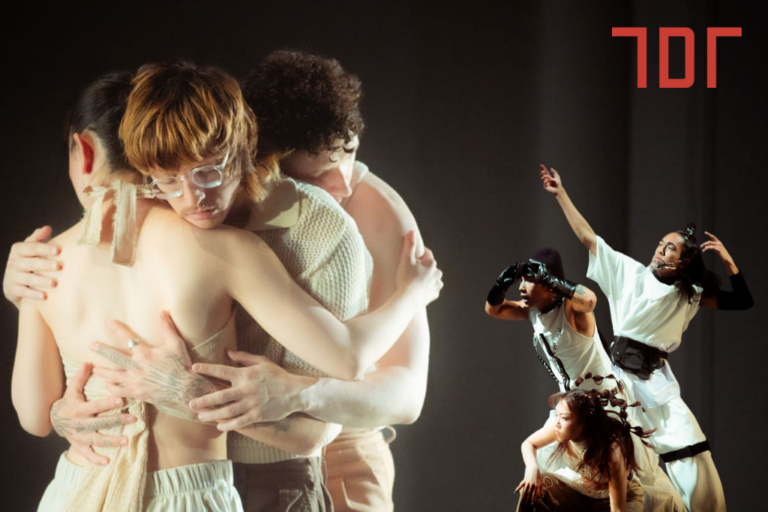
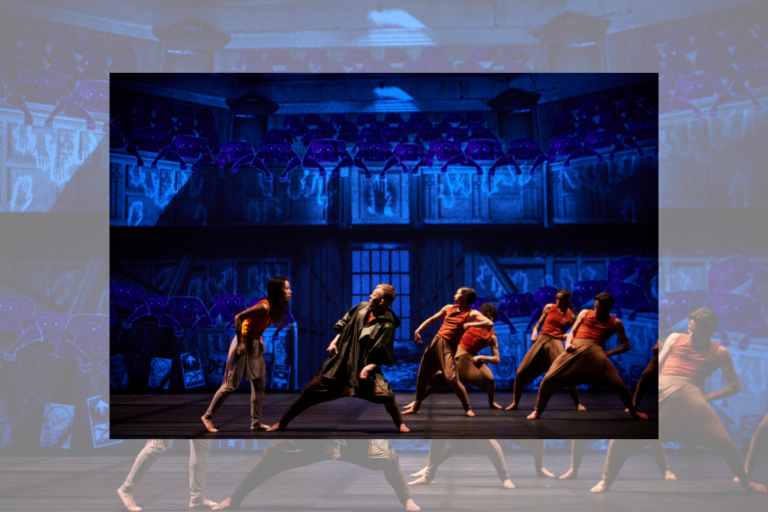

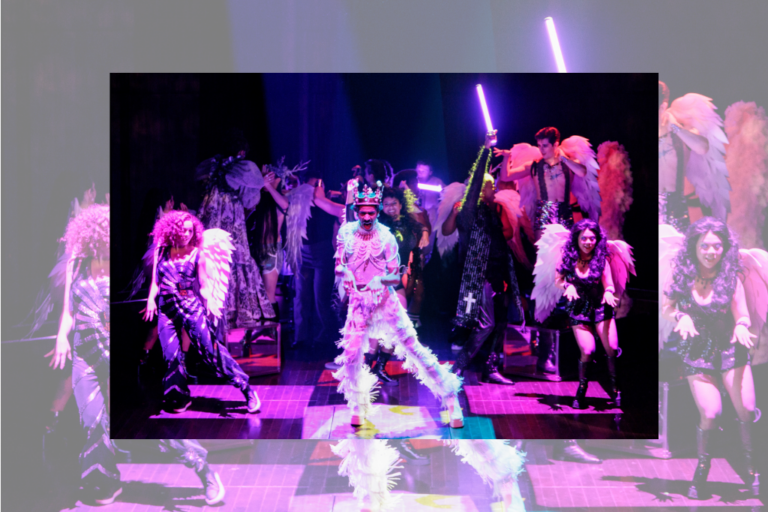
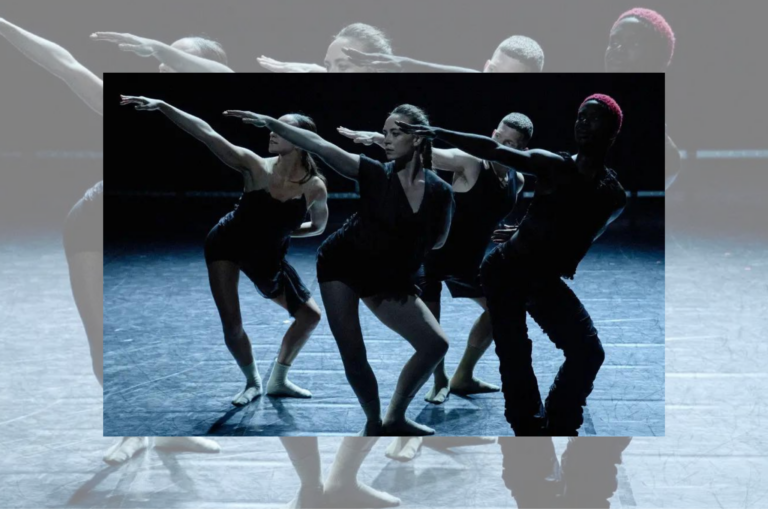

Comments